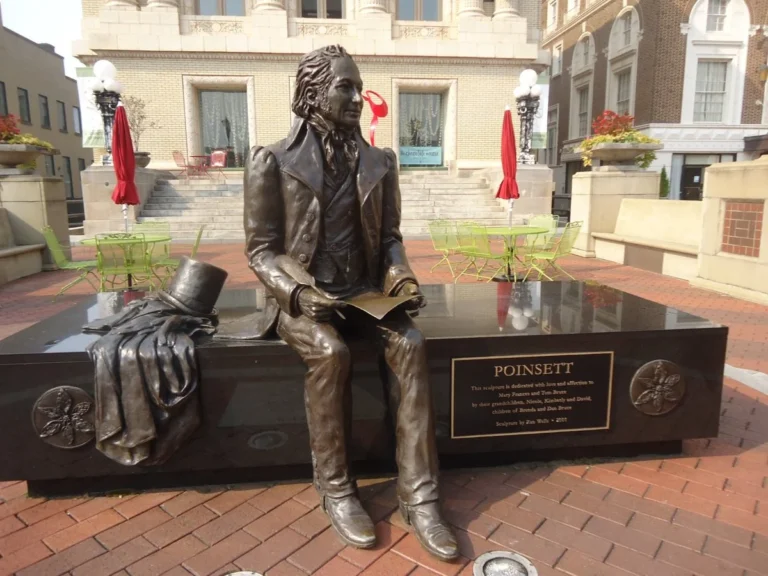Unveiling the Mystery of the Halauin Statuettes
The halauin stauettes inquestion have long been celebrated as rare and exquisite artifacts of cultural significance. Originating from an ancient civilization believed to have thrived over a millennium ago, these statuettes are known for their intricate craftsmanship and enigmatic symbolism.
The question of whether these statuettes are genuine relics or sophisticated forgeries has reignited discussions about the challenges of verifying ancient artifacts. As more evidence emerges, the controversy deepens, highlighting the complexities of cultural preservation and the need for rigorous authentication processes.
The Historical Significance of Halauin Statuettes
Halauin Statuettes are revered not only for their artistic beauty but also for their cultural and historical importance. They are thought to represent deities, rituals, or significant events from the Halauin civilization, offering a glimpse into the beliefs and practices of a bygone era.
Museums and private collectors alike have prized these statuettes for their rarity and the rich stories they encapsulate. However, the recent doubts surrounding their origin threaten to undermine their value and the insights they provide.
The Allegations of Forgery
Using advanced dating techniques and material analysis, they identified inconsistencies in the composition and aging of certain statuettes. These discrepancies raised questions about whether these artifacts could have been fabricated to exploit the lucrative market for rare antiquities.
This lack of transparency has fueled speculation that some pieces may have been introduced into the market under dubious circumstances.
The Impact on Collectors and Institutions
For collectors and institutions that have invested heavily in Halauin Statuettes, the allegations of forgery are both unsettling and financially significant. Private collectors, meanwhile, risk substantial financial losses if the value of their acquisitions diminishes.
This controversy also underscores the broader risks associated with acquiring ancient artifacts. Without proper provenance and authentication, even the most reputable institutions can become vulnerable to the circulation of forgeries.
Advances in Authentication Technology
Amid the controversy, advancements in technology are offering new hope for uncovering the truth about the Halauin Statuettes. Techniques such as radiocarbon dating, X-ray fluorescence, and isotope analysis are enabling researchers to examine the materials and craftsmanship of artifacts with unprecedented precision. These methods can help determine the age and origin of the statuettes, shedding light on their authenticity.
Cultural and Ethical Implications
The debate over the Halauin Statuettes extends beyond questions of authenticity to broader cultural and ethical concerns.
On the other hand, if the statuettes are authentic, the controversy highlights the challenges of protecting and verifying ancient artifacts in a world where forgery is increasingly sophisticated. It underscores the need for collaboration among governments, institutions, and experts to safeguard cultural treasures and prevent their exploitation.
The Path Forward: Restoring Trust and Integrity
For the broader art and antiquities community, the case of the Halauin Statuettes serves as a call to action. By prioritizing ethical practices, enhancing authentication processes, and fostering global cooperation, the industry can restore trust and ensure that cultural heritage is preserved for future generations.
Conclusion: A Symbol of Both Wonder and Caution
The Halauin Statuettes remain a fascinating symbol of the mysteries and challenges associated with ancient artifacts. Whether they are genuine relics of a lost civilization or modern creations, their story highlights the enduring allure of history and the complexities of preserving it.
